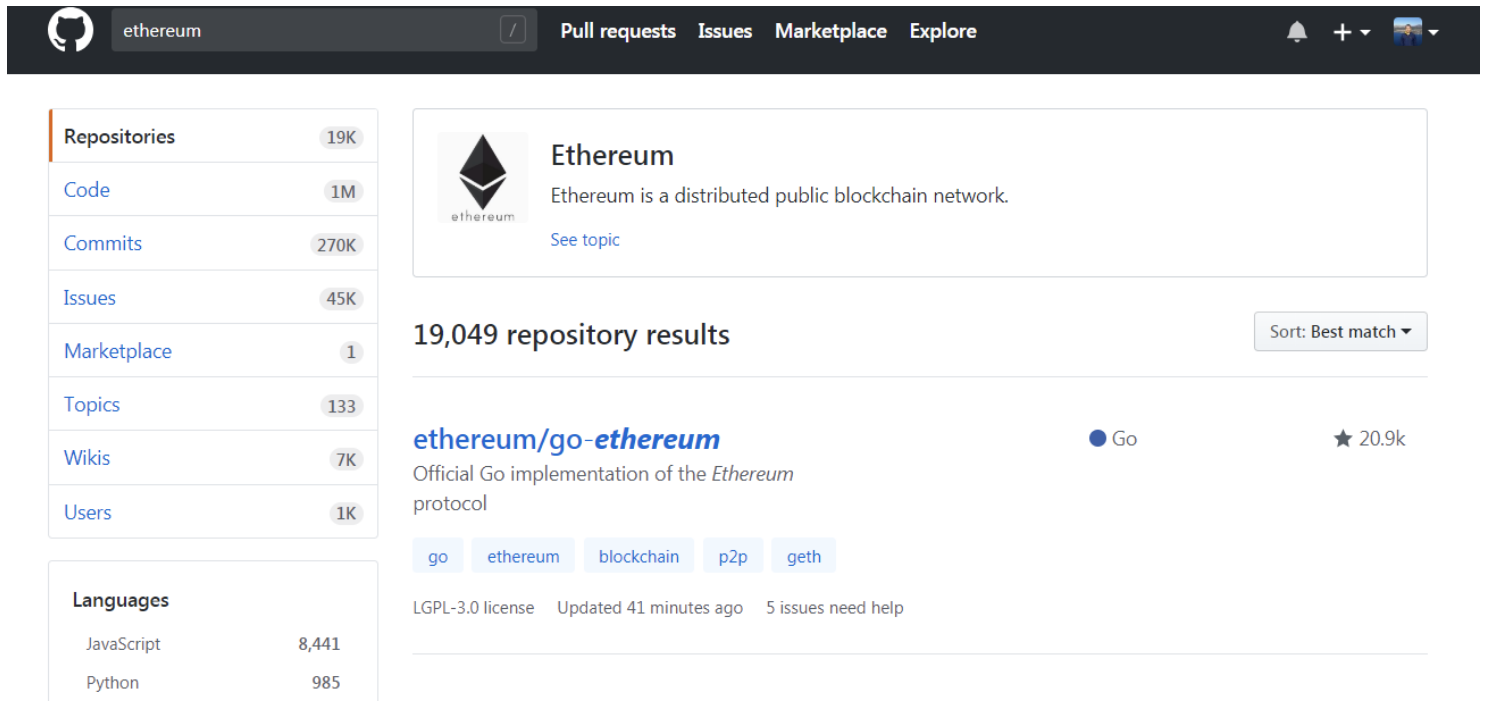
Smart Contract platforms, where are people developing? Where are the users?
- Posted: 04.10.18
Hi, I’m Colin Platt, co-host of the Blockchain Insider podcast, and a cryptocurrency and distributed ledger researcher and specialist. This is the second in a series of cryptocurrency/blockchain posts that explore some of the topics that Zeth, Shaun and I found interesting and worth exploring further. As always we hope that you enjoy this series of fortnightly posts, and welcome your feedback.
Note: Nothing in this post should be construed as investment advice, or a recommendation of any particular project.
Last week we had the pleasure of attending the Blockchain Live conference in London’s Olympia. The headline sponsor of this event was Block.one, the team behind EOS. EOS is a smart contract cryptocurrency platform, like Ethereum, which implements a delegated proof-of-stake (DPOS) algorithm. The Block.one team includes well known figures in the space including Dan Larimer (CTO), Ian Grigg, and Brock Pierce (Brock has stepped back publicly from the project somewhat). I was able to catch-up with Dan and Block.one CEO Brendan Blumer, you can hear that full interview on my podcast (bi.11fs.com). What was interesting for me was their relentless focus on two things: usability and developer adoption. While this is far from the ony project to realise that you need quality teams and projects in order to create a valuable proposition for average users, it is impressive to see how fast it seems to have come together. What really clinched it for me was a Tweet from Qiao Wang, Head of Product Messari:

Zeth and I first met at an early Ethereum meetup in London, in early 2015 in the months leading up to the launch of the mainnet, the excitement behind Ethereum at that time was impressive, and since we’ve seen a large percentage of new projects focussing in some way around Ethereum and Solidity (its native smart contracting language). To see a new platform catch-up in a matter of months by daily active users across Dapps is exciting, and definitely worth spending some time on. Speaking for myself, I still have some unanswered questions about EOS from a technical point of view, but I am open minded.
Let’s start with Qiao’s point, Dapp daily active users on both platforms. Dappradar.com has lots of really interesting stats covering 944 Dapps on Ethereum, and 75 on EOS at the time of writing. These cover figures including the volume in the base currency flowing through the projects, number of transactions and user stats. Projects are broken down into categories, covering things like exchanges, games, collectibles and more. Clearly the 2.5 year headstart that Ethereum has had shows up quite quickly in the number of Dapps (944 vs 75). When we looked at the numbers on 1 October, EOS Dapps collectively had 13,897 active users over the past 24 hours, whilst Ethereum Dapps showed 11,059 active users. Interestingly, the most used Dapp on each network (PRA CandyBox on EOS, and 333ETH on Ethereum) accounted for a large number of total users, 5 085 vs 1 872, respectively. Some have also suggested that due to the design of EOS, which has low, or zero, transaction fees compared to many other networks, much of these numbers may be overestimated due to “transaction spamming”. We should note that EOS, unlike Ethereum, requires users paying an amount to create a new account (in RAM), which is currently about $1.00. Even at this, developers coming from non cryptocurrency backgrounds accustomed to more widely adopted technologies will find these DAU numbers low, compared to for instance mobile apps, we concur.
What other numbers can we look at to monitor the success and growth of these networks? Ethereum, is usually touted as the most widely adopted cryptocurrency by developers with some entities hinting at 250 000 developers apparently based on downloads of a popular open source developer suite (Truffle), though the number feels high. Smart contracts placed on the Ethereum blockchain, and processed by the EVM (Ethereum Virtual Machine) are written in a purpose built language: Solidity.
Looking at Github repositories, at the time of writing, there were 235 public repositories marked as having the Solidity language (though we’ll note that the language search functionality in Github is likely not comprehensive).

If we broaden the search to include Solidity anywhere, this showed a larger number of repositories at 7 359 public repositories. Whereas “Ethereum” returned 19 049 public repositories:

Another datapoint to consider, is that approximately 30 000 people list Solidity on LinkedIn.
While these are not perfect measures, they help give an idea of the number of developers and projects built on one of the most used smart contract platforms.
Beyond Ethereum, and EOS, there are several other smart contract platforms including Tezos, Rootstock. Outside of the cryptocurrency space, companies like Digital Asset Holdings, R3 and IBM have worked to develop distributed ledger technologies which incorporate smart contracts targeted at enterprise usage.
Though the current numbers of users and developers are lower than the hype around the space would suggest, the growth in EOS over a matter of months shows the demand behind these platforms. It will certainly be an interesting space to be involved in.